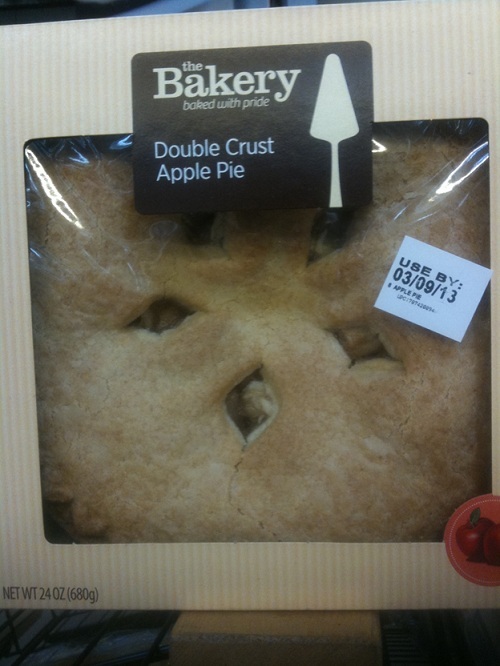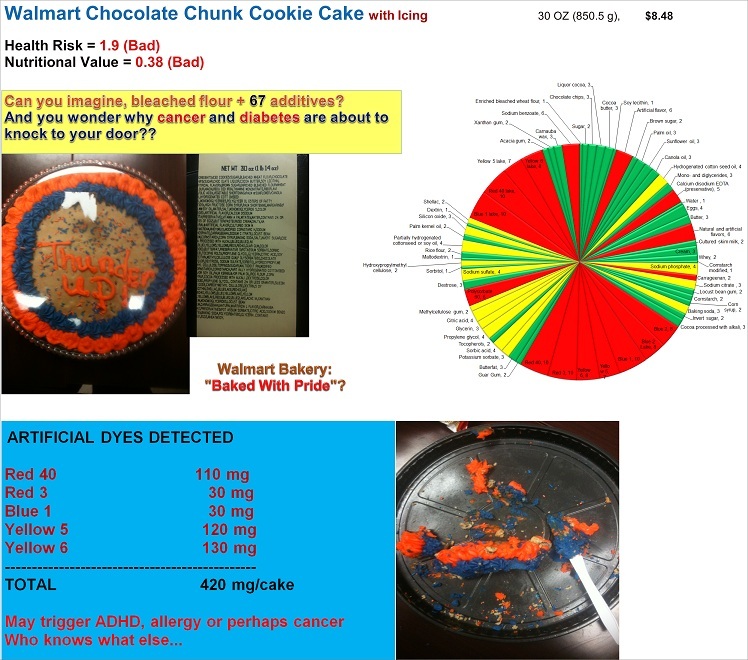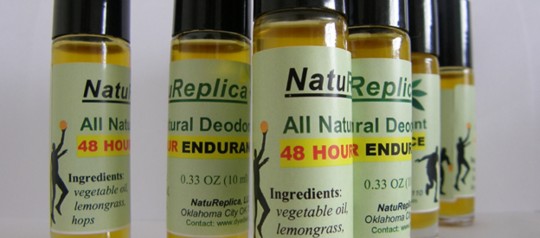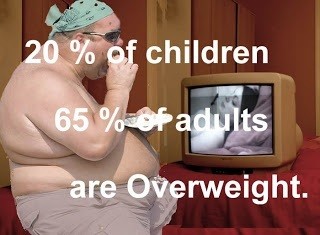Dye Diet Calculator: Demining the Walmart bakery
Walking on a minefield
Yes, you can buy cakes from Walmart bakery department. Moreover, you can even survive for a while eating them! But please, do not complain when one day you feel low energy or you have got diabetes, low testosterone, high blood pressure, erectile dysfunction, infertility, depression, ADHD, brain damage or cancer. That was YOUR choice. The only thing that bothers me is to make sure that it really was your informed intentional choice. When people drink alcohol, do drugs or smoke cigarettes they clearly realize that they may harm their health and reduce their lifespan. But when millions of Americans shop at Walmart bakery department they often do NOT realize that they are walking on a minefield.
DyeDiet Doesn’t Buy It!
Chocolate Chunk Cookie Cake: Risk, Nutrition and Dye Content
It has been estimated that average American consume whooping 130 pounds of sugar annually. But how can you estimate how many pounds of so many chemical food additives you consume? Healthy cakes traditionally are made of only a few ingredients: flour, water, yeasts, sugar, eggs and butter. OK, 12 ingredients are all you need to bake chocolate cake.
Chemical food surrogate
Chocolate Cookie Cake of Walmart bakery consists of the total 68 ingredients with 17 anti-nutrients (red segments in the diagram) 15 non-nutrients (yellow segments) and 36 nutrients (green segments) including a number of processed starches and natural gums. We know that food manufacturers add all those chemicals for commercial, not nutritional, reasons such as extended shelf-life, improved flavor, color, mouth-feel, etc., while baking for you with “deadly” processed components. But 68 – 12 = 56 commercial ingredients which include 420 mg of artificial food colorants seem too “explosive” to me! The question follows:
Is this Chocolate Chunk Cookie Cake still a food or something else that can be stored forever? My answer is: No, it is NOT because it doesn’t match the definition of food. Then what is it? Well, it is a food imitation or food surrogate; whatever you do like better.
Newly published study has demonstrated that consuming high amounts of bacon, sausage, hot dogs and other processed meats can raise your risk of premature death by 44 percent with cancer and heart disease as the main causes. What makes you so sure that eating this chemical-rich Chocolate Chunk Cookie Cake will not give you cancer sooner than you can imagine?
The Dye Diet Calculator helps to avoid risky food
The Dye Diet Calculator shows that you will take bad Health Risk of DDFI = 1.9 and you will get almost no Nutritional Value of DDNF = 0.38 if you indulge in Chocolate Chunk Cookie Cake of Walmart Bakery. It also suggests a list of potentially dangerous food additives for you to avoid.
Food additives to avoid:
- 11 artificial color additives. Artificial colors detected: 110 mg of Red 40; 30 mg of Red 3; 30 mg of Blue 1; 120 mg of Yellow 5 and 130 mg of Yellow 6. Recent studies showed that mixtures artificial food dyes with potassium or sodium benzoate preservatives may cause hyperactive behaviour in children and perhaps cancers. Please read the CSPI document Food Dyes: A Rainbow of Risks
- Carrageenan is gelling, thickening and stabilizing agent. It is naturally occurring polysaccharide obtained from seaweeds. Although by its chemical structure it is related to starches, it was found that when it breaks down or degrade to smaller pieces, it may trigger inflammation. Based on research conducted in laboratory animals, the International Agency for Research on Cancer recognizes degraded carrageenan as a “possible human carcinogen.”
- Sodium benzoate is known to produce benzene, a known carcinogen in presence of acids, such as ascorbic acid (vitamin C), citric acid, etc.
- Artificial flavors are chemicals kept in secrecy and added to imitate flavor of a natural product
- Polysorbale 60 is a synthetic emulsifier derived from ethylene glycol, a principal ingredient of car coolant that is toxic for humans. Polysorbate 60 may contain residual ethylene glycol.
Bottom line. Chocolate Chunk Cookie Cake of Walmart bakery is not a food but rather a chemical food surrogate to avoid. From the other hand, Double Crust Apple Pie of Walmart Bakery (check with the Dye Diet Calculator) looks much safer so you can enjoy eating it in moderation: You will not be forced to take health risk from chemicals (DDFI = 0) and you will get moderate Nutritional Value of (DDNF = 1.07). Good!
 Double Crust Apple Pie for $3.98
Double Crust Apple Pie for $3.98
That’s how the DyeDiet Calculator helps you to survive walking through the minefield of processed food!
Category: Baked goods, Cakes, Food Dyes Exposure








If you luckily have Whole Foods in your area, make the purchase there. If not, do the baking at home with the kids.
Good advice!
To make that same cake at home, it will probably use only 13-16 ingredients. This cake that you buy has 5 times the amount of ingredients.
SO MUCH FOR THE MYTHS
CONSIDER THE FACTS ON CARRAGEENAN FOR A CHANGE
Q. What is Carrageenan??
A. Carrageenan is a naturally-occurring seaweed extract. It is widely used in foods and non-foods to improve texture and stability. Common uses include meat and poultry, dairy products, canned pet food, cosmetics and toothpaste.
Q. Why the controversy?
A. Self-appointed consumer watchdogs have produced numerous web pages filled with words condemning carrageenan as an unsafe food additive for human consumption. However, in 70+ years of carrageenan being used in processed foods, not a single substantiated claim of an acute or chronic disease has been reported as arising from carrageenan consumption. On a more science-based footing, food regulatory agencies in the US, the EU, and in the UN’s Food and Agriculture Organization/World Health Organization (FAO/WHO) repeatedly review and continue to approve carrageenan as a safe food additive.
Q. What has led up to this misrepresentation of the safety of an important food stabilizer, gelling agent and thickener?
A. It clearly has to be attributed to the research of Dr. Joanne Tobacman, an Associate Prof at the University of Illinois in Chicago. She and a group of molecular biologists have accused carrageenan of being a potential inflammatory agent as a conclusion from laboratory experiments with cells of the digestive tract. It requires a lot of unproven assumptions to even suggest that consumption of carrageenan in the human diet causes inflammatory diseases of the digestive tract. The objectivity of the Chicago research is also flawed by the fact that Dr Tobacman has tried to have carrageenan declared an unsafe food additive on weak technical arguments that she broadcast widely a decade before the University of Chicago research began.
Q. What brings poligeenan into a discussion of carrageenan?
A. Poligeenan (“degraded carrageenan” in pre-1988 scientific and regulatory publications) is a possible carcinogen to humans; carrageenan is not. The only relationship between carrageenan and poligeenan is that the former is the starting material to make the latter. Poligeenan is not a component of carrageenan and cannot be produced in the digestive tract from carrageenan-containing foods.
Q. What are the differences between poligeenan and carrageenan?
A. The production process for poligeenan requires treating carrageenan with strong acid at high temp (about that of boiling water) for 6 hours or more. These severe processing conditions convert the long chains of carrageenan to much shorter ones: ten to one hundred times shorter. In scientific terms the molecular weight of poligeenan is 10,000 to 20,000; whereas that of carrageenan is 200,000 to 800,000. Concern has been raised about the amount of material in carrageenan with molecular weight less than 50,000. The actual amount (well under 1%) cannot even be detected accurately with current technology. Certainly it presents no threat to human health.
Q. What is the importance of these molecular weight differences?
A. Poligeenan contains a fraction of material low enough in molecular weight that it can penetrate the walls of the digestive tract and enter the blood stream. The molecular weight of carrageenan is high enough that this penetration is impossible. Animal feeding studies starting in the 1960s have demonstrated that once the low molecular weight fraction of poligeenan enters the blood stream in large enough amounts, pre-cancerous lesions begin to form. These lesions are not observed in animals fed with a food containing carrageenan.
Q. Does carrageenan get absorbed in the digestive track?
A. Carrageenan passes through the digestive system intact, much like food fiber. In fact, carrageenan is a combination of soluble and insoluble nutritional fiber, though its use level in foods is so low as not to be a significant source of fiber in the diet.
Summary
Carrageenan has been proven completely safe for consumption. Poligeenan is not a component of carrageenan.
Closing Remarks
The consumer watchdogs with their blogs and websites would do far more service to consumers by researching their sources and present only what can be substantiated by good science. Unfortunately we are in an era of media frenzy that rewards controversy.
Additional information available:
On June 11th, 2008, Dr. Joanne Tobacman petitioned the FDA to revoke the current regulations permitting use of carrageenan as a food additive.
On June 11th, 2012 the FDA denied her petition, categorically addressing and ultimately dismissing all of her claims; their rebuttal supported by the results of several in-depth, scientific studies.
If you would like to read the full petition and FDA response, they can be accessed at http://www.regulations.gov/#!searchResults;rpp=25;po=0;s=FDA-2008-P-0347